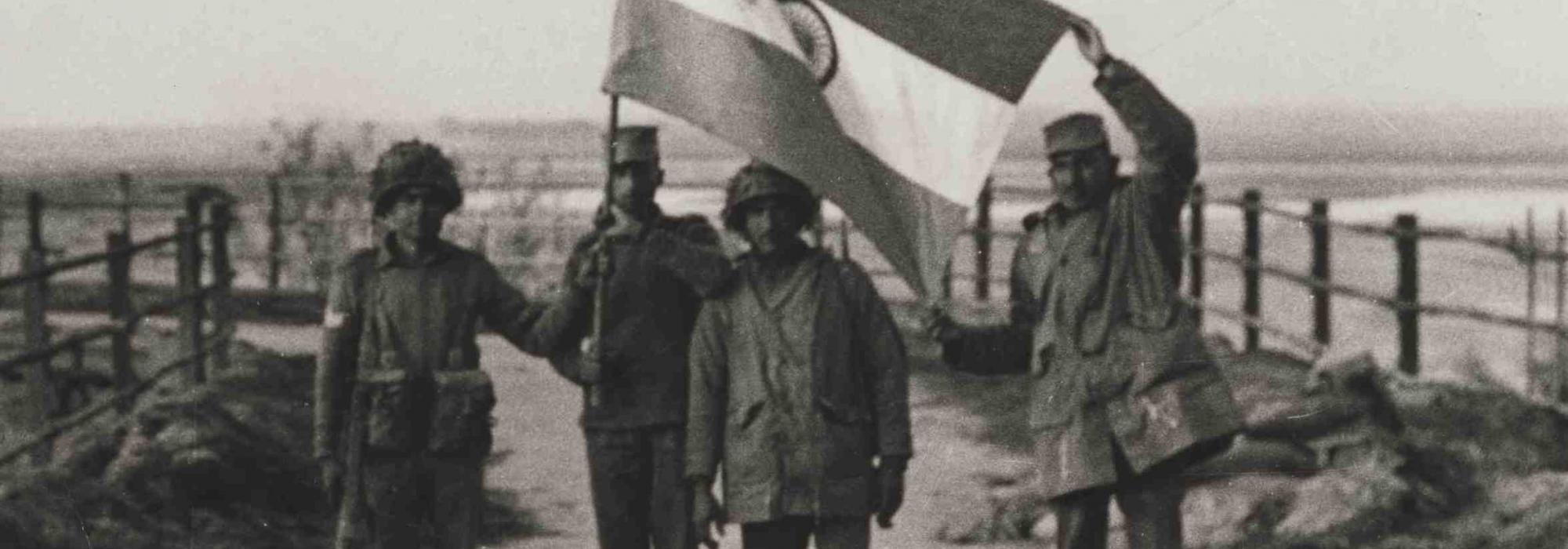Writing just four years after India attained independence, DVG characterizes[1] our freedom from British rule as a “fruit” endowed with a “sour taste.” But more bluntly,
…what exactly is this fruit? Freedom is not a mango or a banana. It is a coconut. We need to have the skill to remove its fibre-covering, the strength to break its shell, and the patience to chew the copra [within]. Else, we will never be able to savour its full taste. This is the nature of democracy. If we wish to realise its utility and usefulness, we need to prepare ourselves for hard work. But in the unique circumstance of our country, we were forced to bear the burden of freedom before we could equip ourselves to undertake such an endeavor.
This is political writing imbued with literary flair, supplying vivid imagery embodied with vigour. As we have noted in the first chapter, DVG correctly diagnosed that the run up to our independence mainly consisted of a frenzied clamour to obtain “freedom at any cost,” and not a calm and dispassionate assessment of what we would do after obtaining it. The war-torn British were only happy to leave India in haste. This is how our freedom became a burden. As a result, after the British left, we lacked sufficient numbers of elected representatives and national leaders who were capable, competent, and deserving of the high office they occupied. But instead of questioning[2] this deficiency, “we uncritically embraced electoral democracy.” This in turn led to the emergence of an attitude and the rise of a political class peopled by leaders who believed in the following[3] dictum:
ghaTaM bhindyAt paTaM ChindyAt
kuryAt vA gArdhabhaswaram |
yena kena prakareNa
prasiddhaH puruSho bhavet ||Breaking a pot, tearing a cloth, or braying like a donkey--Doing something by hook or crook, become famous by any means.
Or to borrow DVG’s phraseology, ever since, the Indian political system fell in the hands of the unskilled whose strength repeatedly crumbled in face of mob fury giving way to impatient and therefore imprudent moves, and not decisions because according to DVG, “it is no Government that does not take decisions.” And further[4], that
The strength to govern effectively is a great strength in itself. It requires experience and practice to percolate in the administrative staff. The opportunity for both will be available only when a nation becomes truly independent. A people who are merely clerks cannot develop grand, noble, and lofty ideas and a sturdy work ethic.
This is perhaps the most accurate indictment of the state and character of our IAS system and bureaucracy since Independence. As an antidote, DVG advocates[5] cultivating an awareness and attitude and a sense of responsibility that always accompanies freedom until such time that this “sense of responsibility becomes akin to a national educational curriculum.”
In no particular order, one can examine the fundamental nature and some characteristic features of this curriculum.
Keeping in tune with the best traditions and systems of Sanatana Bharata and various other ancient, classical civilisations, DVG correctly analysed and repurposed them in the backdrop of what can be called as the basic human impulses and had an integrative view of human nature. This is consonant with the Indian ethos of Prakrutyanurodhena Samskrutihi (culture follows in the footsteps of nature). One can extend this to say that Samskrutyanurodhena rajanithi (statecraft or politics follows in the footsteps of culture). More fundamentally, this involves a careful contemplation of the interplay of the forces of Raga and Dwesha, which in turn are the byproducts of Artha and Kama. These impulses are embedded in the aforementioned human nature and create differences and hierarchies in any society. One cannot wish this practical truth away. Nor can one forcibly attempt to equalize these hierarchies. As DVG writes[6] in a related context,
The inner kernel of Dharma is the expansion of the Atman [soul], which begins with a deep, noble feeling and culminates in a sense of kinship with the universe…in this journey, one encounters frequent obstacles and doubts as to which path is Dharmic and which is Adharmic. There exists no body of knowledge or philosophical system that can make [or has made] a list of these obstacles and doubts and also the solutions to resolve them. The genius who can prepare such a list is yet to be born.
This is also perhaps the best counter to and criticism of prophetic creeds and utopian theories which as history shows us, has repeatedly resulted in disastrous consequences and suffering on a large scale.
The insights of the sort DVG possessed emanated precisely from this deep understanding of philosophy, or more accurately, his realization of Darshana. In other words, when we grasp the nature of the world characterized by form and content (Nama-Rupa), we develop what is known as the Tara-tama Viveka—wisdom to grade worldly events and phenomena. In his own[7] words,
The subject matter of politics is human nature…a person who desires to work in this field according to mathematical formulae truly lives in the world of illusion…[For this reason, such a person needs to] study and contemplate on philosophy with a sense of objective detachment after discarding personal feelings of anger and prejudice. Our politics will be healthy and robust in direct proportion to the extent to which this contemplation is deep, robust, and fundamental.
Especially in an alien system like electoral democracy, where[8] “everybody has the freedom and opportunity to meddle in every affair,” and because every citizen is a potential ruler, and all are[9] (theoretically) equal, “how should such a political system work? After all, that which belongs to everybody belongs to nobody.”
Notes
- D V Gundappa: Rajyashastra, Rajyanga—DVG Kruti Shreni: Volume 5 (Govt of Karnataka, 2013) Pp 560. Emphasis added.
- Ibid. Pp. 180
- Ibid p. 181. Verse quoted in the original
- Ibid p.127
- Ibid
- Ibid Pp. 267. Emphasis added.
- Ibid Pp. 176-7
- Ibid. Pp. 192
- Ibid. Pp. 180. Emphasis added.











































